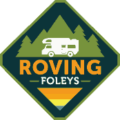Share via:
What Is Boondocking?
If you are new to RV living, you may well have heard the question: What exactly IS boondocking?
Simply put boondocking is the practice of RV camping without any hookups. In most full service RV parks, when you arrive at your campground you hook up your RV and you immediately have power, an easy way to dump and water to wash dishes with.
When you boondock, you have access to nothing – but stunning views! Think of sleeping under a blanket of stars, miles from anyone- just you and all of nature. You are completely free and self-reliant. You must bring everything you need with you (except views) and you must take everything with you when you leave, ALWAYS.
Boondocking has gained wide popularity for a number of reasons, among them you can save a ton of money camping this way). What follows is a deep dive into why boondocking is popular, how and where to boondock, and tips for doing it safely and successfully.
The benefits of boondocking are numerous. The spots you’ll camp are typically more wild, secluded and beautiful. It’s often free. There won’t be a guy on a golf cart driving by every five minutes to make sure Fido’s on his six foot leash. Not to mention that nine out of ten boondockers look better holding an axe while wearing a flannel shirt than your average American.
Nathan Schwartz, Wand'rly Magazine via Campendium Tweet
As full-time RVers, we did not try boondocking until after almost 2 years of RV living (scaredy pants!). From our “RV Park Cacoon,” we always thought of boondockers as being at another level. They were just a little cooler, a little freer than us average campers tied down to our sewer hoses, 50-amp electric and sometimes even cable TV. Once we tried it, though, we realized RV boondocking is just awesome!
We have put together this Ultimate Boondocking Guide to help you get the facts to plan, and enjoy your own boondocking adventure.
What Is The Difference Between Dry Camping and Boondocking?
There is no difference between boondocking and dry camping. Different people use different phrases to describe the practice of free camping, off-grid camping, wild camping or even “dispersed camping,” if you are boondocking on Federal Lands. But the idea is the same – self reliance, and the freedom to camp at Mother Nature’s Place………FOR FREE.
Types Of Boondocking
Camping World says there are generally 3 different types of boondocking(1):
- The Overnight Stay
The overnight stay is typically done when you are on the way somewhere. There are many businesses that allow overnight stays in the parking lot. Walmart (Wallydocking) is probably the best known one, but there are many other areas that allow overnight parking as well. We have Wallydocked a few times over the years. It is really convenient to have this option available after a long day on the road, and much easier than searching around for a $50 campsite for the night!
There is also “Moochdocking” which is parking in a friend (thank you kind, sweet friend) or relatives driveway. This practice has sprung up a whole new category in recent years of land owners who allow RVers to park on their land overnight for free. We talk more about this in the “Where To Boondock” section.
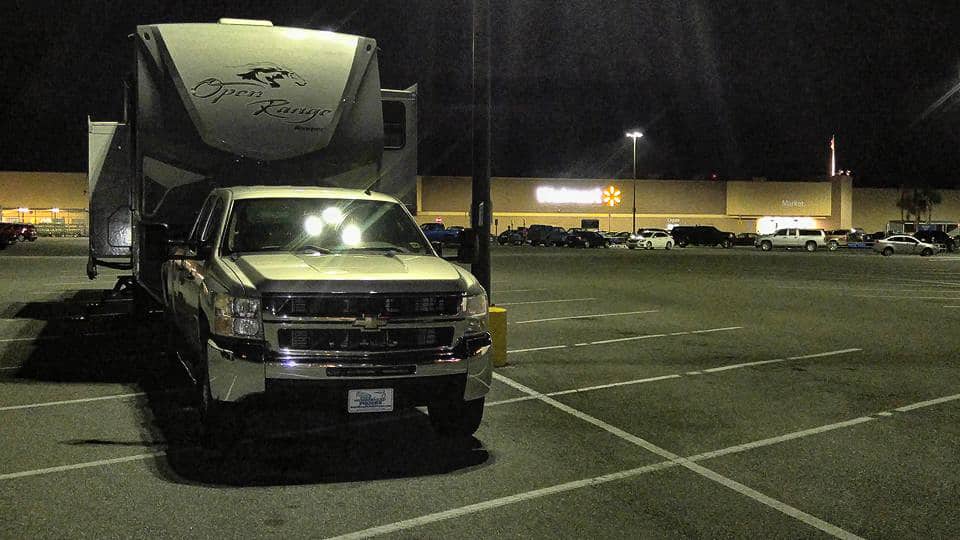
-
Save
- Developed Campsites
Many local municipal, county, state, and federal campgrounds offer developed campground sites without hookups. This type of setup offers a nice “in between” situation for new boondockers who want to give it a try.
Sites will be marked clearly, reservations can many times be made, and there will usually be some type of facilities, whether it be recreational, dump/fill stations, fire rings, picnic tables, playgrounds, etc. There will also typically be some type of staff members or camp hosts around to help with questions.
There generally will be a charge for these types of sites. For that reason these types of campgrounds tend to be busy during summer and holiday weekends so book ahead when possible.
- Undeveloped/Rustic
The final type of boondocking is what people normally think of when they talk about dry camping. RVers go to an undeveloped or primitive spot far out in the wilds, under the stars, with few or no neighbors. Free camping in nature. Self reliant with no services anywhere around.
This type of camping is usually found on Federal Lands. By boondocking on these sites, you’re camping in some incredibly beautiful areas, and many times much closer to destinations such as National Parks. It’s no surprise that more and more RVers choose these free sites as RV park prices continue to skyrocket. They would much rather spend their money on fun family experiences.
Dispersed camp sites are located along most secondary roads and may not be marked. Popular locations can be recognized by the telltale flat disturbed area that has been used as a camp site before. Not all flat spots are sites. If possible, please use existing sites to avoid creating new disturbances. To further protect your public lands, campers must not dispose of any refuse, hazardous materials, sewage, or in any manner pollute the surrounding area.
Bureau Of Land Management Tweet
Why Boondock?
Boondocking is not for everyone. Many people have concerns about safety and security– bear attacks, alien abductions, or..you know…Deliverance. (if this describes you, please make sure to read the Boondocking Safely and Responsibly section below).
For those willing to take the adventure, dry camping offers amazing rewards you simply cannot get in an RV park:
Cost
- Boondocking is Affordable
Boondocking is usually free. Period. No Cost. At All. This is one of the BIG draws. As mentioned earlier, there are some developed campgrounds without hookups that do charge a small cost ($10 to $20 per night or less). But for those who want FREE camping- it is out there for you.
Dry camping just a few nights at a time can rack up tremendous savings over the course of a year. You can save your money to spend on some awesome experiences, or some nice steaks for dinner. RV Park prices continue to climb over the last few years, which drives more RVers to consider boondocking as an alternative to campgrounds.
- Awesome Locations
Many boondocking areas are in incredible locations. Along rivers and lakes, close to mountains, or within a few miles of awesome attractions like national parks. We boondocked within minutes of several Utah national parks as well as Yellowstone. Absolutely free.
Some boondocking campgrounds are nearly as close at the ones that could charge exorbitant fees and were always booked full. Campgrounds that we could afford near other National Parks have always been at least a 30-60 minute drive from the parks.
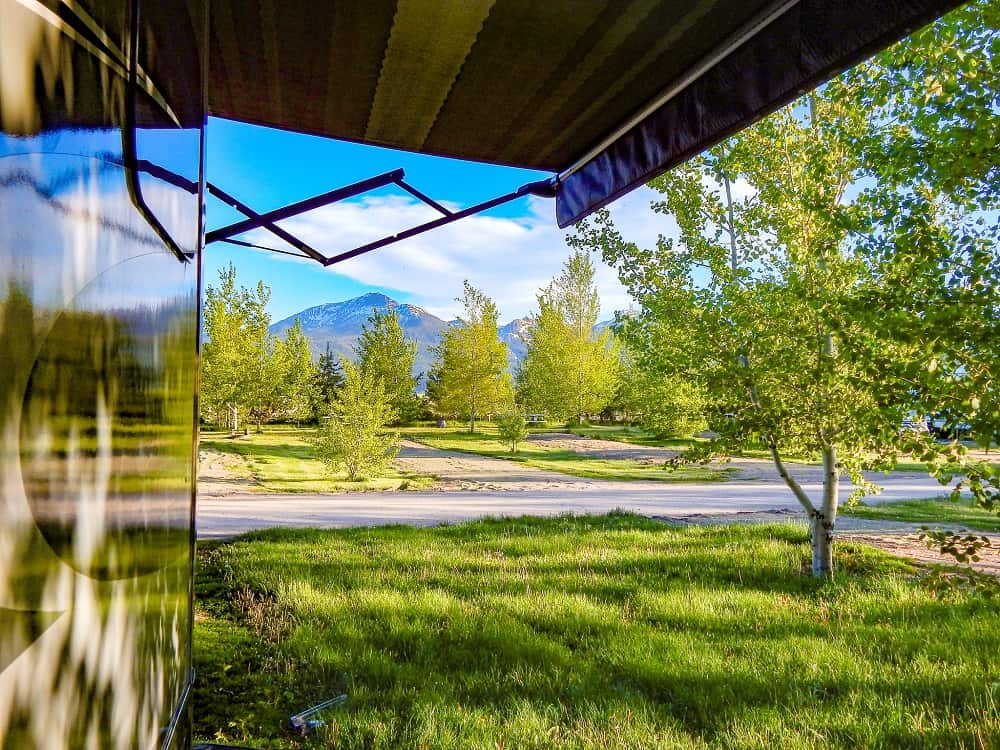
-
Save
- Solitude
If you are looking for a nice quiet space for yourself and your family, boondocking is the way to go. It is easy to find spots with few neighbors, or none at all if you wish. We always choose spots where there are some neighbors around, not right next to us, but close enough to make us feel less alone. It’s just our preference. If complete solitude is your preference, you can find a spot with just a little research.
- Getting into Nature
If RVing in general is about getting closer to nature, then boondocking is the pinnacle achievement. There is no way to get any closer than to be right in the middle, enjoying the sights and sounds literally right outside your door.
There was one night that we were camping in South Dakota, enjoying a clear star-lit night by the dwindling fire. We heard a coyote howl in the distance, and then another much closer. Suddenly a chorus of howls went up all around us. It was a little unnerving, but awesome. We will never forget it.
"This is the golden rule for all of us who love to commune with nature. Always leave your space at least as nice as you found it. Feel free to leave it nicer. Take everything you bring in- back out with you (yes that includes poo!)"
Where You Can Boondock
The first question in finding a spot to boondock, is “Where do you want to go?”. You can find bondocking opportunities nearly anywhere in the country, so your actual desired RV destination comes first. Are you visiting a national park? Relatives in another state? A favorite lake for fishing? Once you know where you are going, you can then find a spot to camp. Here are some resources to help you out:
- How To Find Boondocking Sites
A lot of people think it’s hard to find boondocking sites. That couldn’t be further from the truth. Many times it is much easier than finding a campground site because you don’t have to trade phone calls on availablity, prices, etc.
There are several resources online to help you find a boondocking site. Take the time to look carefully over the reviews and comments to get valuable tips on services nearby, cell phone coverage, rules and regulations, etc. Many reviews will also mention how many rigs will fit into a given location, and what sizes.
It is important to consider the type of RV you have, whether it be a Class A, B, C motorhome, a travel trailer, 5th wheel, van or truck camper. In addition to the size of the available sites, the roads getting into them need to be considered.
Our first time out, we were looking for a site near Zion National Park. Our biggest concern was whether we would have good coverage for our Wi-Fi hot spot. Our business requires us to be online so Wi-Fi is critical for us. The reviews we read on the sites there included information about cell coverage and data coverage. We ended up with a fantastic site and great Wi-Fi.
- Freecampsites.net/ Campendium.com
Freecampsites.net and Campendium are wonderful online sites to do your research. They are user driven, so actual people just like you and me are creating the content. The sites details actual camping spots across the nation with maps, reviews, tips and information from people who have camped there. They will usually even tell you which cell phone companies have service which can come in very useful if you need to stay connected.
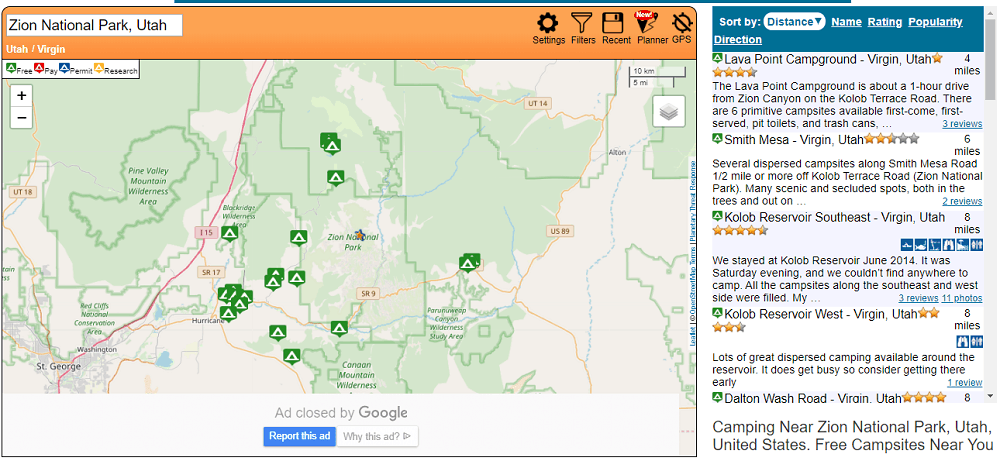
-
Save
- BLM/ Forestry Service
If you plan to camp on federal lands, it is always a good idea to stop by the Local Bureau of Land Manage or U.S. Forest Service office, or at least give them a call. Officials offer valuable up-to-date information about the areas you want to stay. You can find contact information and office locations online at the websites for each service.
- Membership Club Locations
One newer and very exciting development in the free camping world is Boondockers Welcome , Harvest Hosts, and other similar sites. On these platforms, landowners anywhere who have the extra space can make it available to RVers who may be traveling by, to spend the night for free.
Membership to these sites is quite reasonable, and some great locations like wineries and farms can be found. It is an great way to give back to the RVing community. The fact that it has become so popular is a testament to how awesome this community really is.
Some Elks Lodges, VFW, Moose also provide parking areas for their members who RV travel. Check in with the local chapters of these clubs if you are a member.
- Overnight Locations While Traveling
As mentioned earlier, overnight boondocking spots for travelers are quite easy to find. Our friends at Allstays have compiled the following list to help: (2)
WalMart Stores
Kmart Stores
Target Stores
Sam’s Club Stores
Costco Stores
Meijer Stores
Camping Worlds
Cracker Barrels
Lowes Stores
Menards Stores
Flying J Truck Stops
Loves Travel Stops
Pacific Pride Fuel Stops
Petro Truck Stops
Pilot Travel Centers
TA Travel Centers
Rest Areas
PRO TIP: When using any of the retail store parking lots, always call ahead to make sure overnight parking is allowed. Some individual stores or local codes will not allow it.
Similarly, when using truck stops, make sure to take only one spot. Some truckers do not like RV’s taking up “their” parking spaces so be wary. We only use truck stops as a last resort. We prefer leaving those spaces to the guys who are working, so we head down the road.
Overnight Parking Guidelines
1) Be Respectful: Always go into the store and ask for the manager. Ask permission to stay, and get instructions as to where you should park in the lot, etc.
2) Buy Something: Always buy something from the store. They are doing you a huge favor, the least you can do is to buy something from their store. After all their business is to sell you something.
3) Use A Small Space: Don’t park across parking spaces if you do not need to (we have seen both RVers AND truck drivers do this). Take up as little room as you can.
4) Do Not Move In: This is an overnight stay only. DO not open slides (if possible.) Do not put out rugs, awnings, grills, etc. DO not unhook from your tow vehicle or use jacks (if possible.) If you must use slides and jacks, do so minimally. Look for a spot where slides will not take up too much space, like against a curbed area. Our rig requires the slides to be open to get in, so we try to get out of the way and use as small a space as possible.
5) Do NOT Dump Water: Do not dump any tanks in the parking lot. This is illegal almost EVERYWHERE, as well as being super uncool!
6) Clean Up After Yourself: As an upstanding member of the RV Community, our “Leave No Trace” practices apply to parking lots.
Dry Camping on Federal Lands
Boondocking on Federal Lands is where it’s at! This is the true meaning of boondocking- camping in the boonies. The federal government owns over 640 million acres of land nationwide.(3) This land is owned by all of us, so we are free to use it. BLM, Forestry Service, National Parks, and Wildlife Management Areas offer the absolute best opportunities to camp free, out in nature, and many times in some awesome places.
Plus there tends to be federal land adjacent to (or very near) National Parks. We camped 10 minutes outside Zion NP, 5 minutes outside Arches, etc. There is a LOT more land in the West than in the East so plan more carefully if you are staying east. You can contact any of these departments online or regionally by phone to get specific information. Freecampsites.net also lists federal land sites with reviews etc. It is a great place to start looking.
REI says that there is a national database of reservable sites on all sorts of federal lands (including national parks and national forests), check out Recreation.gov. Or, visit REI’s Camping Project, which pulls data from the national database to let you search bookable campgrounds by location and nearby activities (like hiking, trail-running, backcountry skiing and more).(4)

-
Save
Places To Avoid
When you stay within the guidelines laid out here, there are few places that you should avoid. However, here are some things we want you to think about to help keep you safe:
- Be careful in cities or more populated areas. Spots that seem OK during the day can change rapidly after dark. Know where you are staying.
- When overnighting in places that trucks frequent, be responsible and respectful of spaces and room. Truckers work for a living and can be a bit territorial at times, especially if you are hogging up space.
- When staying in boondocking areas, remember that people tend to boondock in order to have some space. Just because you CAN squeeze your rig in between others doesn’t mean you SHOULD. Look for open areas and allow others to spread out.
- When using federal lands, make sure you are fully aware of the road situation and the size of your rig. Roads that look good on a map can peter out into 2 tracks pretty quickly (we’ve had that happen to us and it was NOT fun!). Always check in with the local offices.
- If you are using private land, make sure you have the permission of the land owner. If you don’t, you have no right to be there.
- Don’t overstay your welcome. Many boondocking places have limits on how long you can stay. Know your stuff. That being said, if you are a good neighbor- quiet, clean and neat- many local areas will allow longer stays if demand is low.
How To Boondock Safely and Responsibly
Even though boondocking overall is extremely safe, there are always natural worries when you first consider the practice. I can say from experience that we have never had a single incident while boondocking that has made us regret trying it out.
Still there are some things to consider that may help ease your mind when thinking about dry camping.
- Read about others’ experiences. There are lots of Facebook groups where you can ask these questions, RVers are always happy to answer any questions. Hearing from others about their awesome experiences boondocking will help you. You will find very few stories about negative experiences while free camping.
- Use the same basic protections that you would in your own home. Barking dog, alarms (and alarm system stickers visible), situational awareness, lock up when you leave.
- Don’t advertise that you are a full timer. Full-timer means “valuables inside” to thieves.
- Always make sure someone knows where you are.
- Park where you have good cell phone coverage.
- If you are alone, make it LOOK like you are NOT alone. (multiple chairs, big man shoes, etc)
- If you own a firearm, make sure you know how to use it, are willing to use it, and are aware of the LOCAL laws wherever you go.
Most people find once they begin boondocking (us included), most of these fears were quite unfounded. Simple precautions followed. Boondocking is calming, relaxing, freeing, and the view are stunning. The people we have met “out there” have been just as wonderful as the many, many amazing people we have met in campgrounds across the country.
"There was one night that we were camping in South Dakota, enjoying a clear star-lit night by the dwindling fire. We heard a coyote howl in the distance...then another much closer. Suddenly a chorus of howls went up all around us...a little unnerving, but AWESOME. We will never forget it."
Here Are Some Boondocking Tips
Beyond the basic RV how-tos, there are some additional things to know about bondocking in particuar:
- Be a Good Neighbor
If you have neighbors while boondocking, be considerate. Generally it is acceptable to run your generator between 8am and 8pm roughly. Local custom may vary. Use an inverter generator, or at least a hybrid gene like the one we use. They are quiet and inexpensive. Keep noise to a minimum. Enjoy the sounds of nature.
Be friendly to your neighbors. A wave, or quick hello will help you both feel more comfortable in your spaces. Always keep an eye to know who is around or if anyone suspicious wanders through.
Keep your place clean. Don’t leave things around that will blow away if a wind gust comes up while you are not around.
QUICK STORY: When we were boondocking 20 minutes outside Yellowstone, our old generator stopped working without any warning. While I was working on it, one of the neighbors that I had not met before came over and asked me what happened. I told him my dilemma. He listened and came back a few minutes later with his generator on loan until we got a new one! Boondockers are friendly RVers who enjoy the quiet!
- Leave No Trace
This is the golden rule for all of us who love to commune with nature. Always leave your space at least as nice as you found it. In fact feel free to leave it even nicer. Take everything you bring in back out with you (yes that includes poo!). Limit your water and electrical usage to avoid the need to dump/refill/ and run the generator. Pack up any garbage you create and take it with you when you go, or into a local town during your stay.
Make sure to put out your fire completely. Bury any embers left over completely so that there is no chance of a fire getting away. We have seen people leave trash in the firepit, don’t be those people!
Keeping our natural places natural will allow our children to have the same opportunities that we have to enjoy the wilds in a pristine condition. We want to be there, enjoying these places, but we also want to keep our impact minimal.
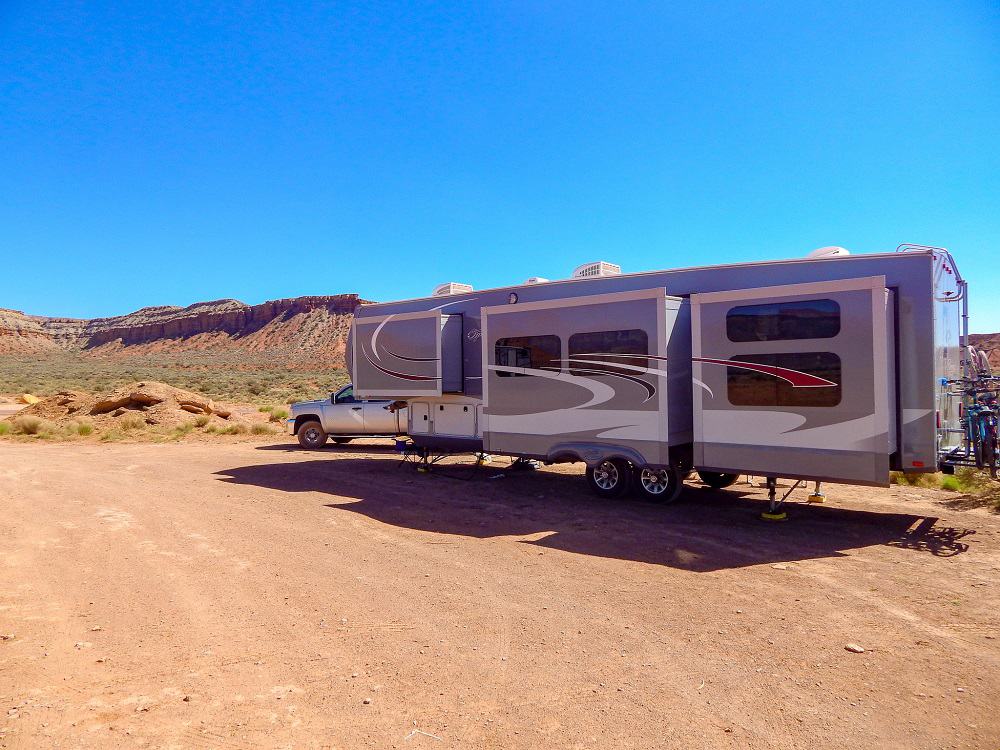
-
Save
- Check The Weather
Depending on where you plan to stay, it is always a good idea to check the weather forecast. Many boondocking places – especially out west – may be in areas that are flood-prone, or can get cut off in heavy rains. Take it from me, you don’t want to get stuck trying to turn a 15,000-pound rig around in muddy wet conditions in the middle of nowhere….on a Friday night. It sucks!
- Leave Mother Nature Alone
Bringing everything you need, includes souvenirs and fire wood. Do not scrounge for wood or items to take back home as souvenirs. Leave our natural places exactly as you found them.
Stay on established roads. Most federal lands require you to stay within 300 feet of an established road. Look for established camping sites – many will already have fire pits that you can use. This way we keep damage to the environment to a minimum.
Do NOT feed or harass animals. Enjoy what you see- and leave the close up selfies for the petting zoo. You are not part of their world, so respect them in their own homes.
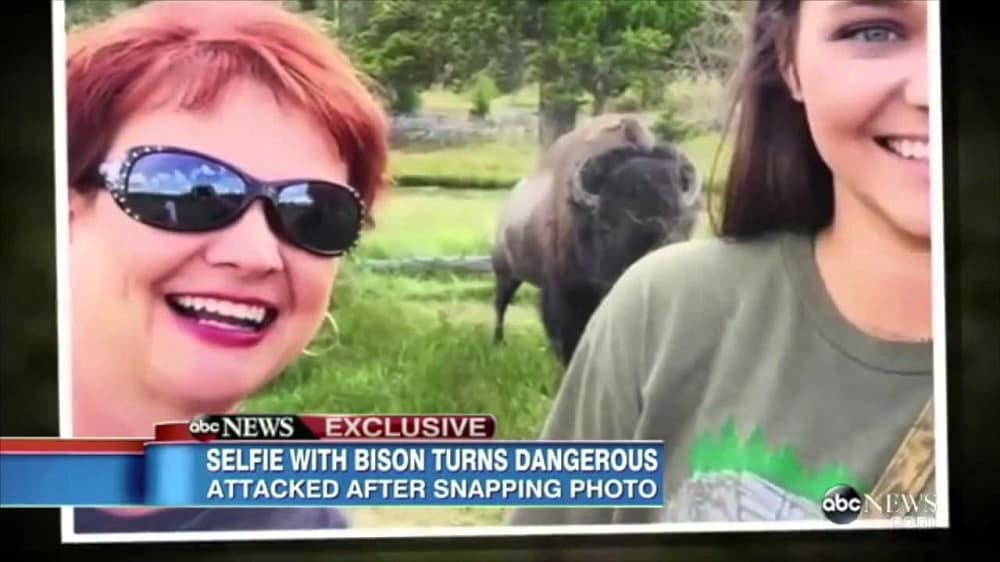
-
Save
Be Prepared: Boondocking Essentials
Now that you have read all about boondocking and how to do it safely, you’ve made the decision to give it a try (at least we hope you have). All you need to know is what you need to dry camp successfully. There are just a few boondocking essentials that you will need.
There are 3 main considerations when looking at boondocking: Electricity, Water, and Food
- Electricity
OK, this part gets a bit technical, but it is important for you to understand the basics so stick with me.
Our friends at KOA (Kampgrounds of America) explain that RV’s run on two separate electrical systems.(5) There is a 120-volt system which works just like the power in your house. Appliances, wall plugs, etc run off of this system.
The second system is a 12-volt system which runs off batteries. This system will run many items on the rig when you do not have 120-volt power. If you have a driving RV, there is another 12-volt system that runs the automotive parts of the rig, just like in a car.
So in order to have reliable power in an RV while off grid, you need to generate power and you need to store power.
Traditionally, generators have been used to generate power for RVs while boondocking, although solar power is really becoming mainstream these days. A generator will give you 120-volt power while it is running just like when you are plugged in to shore power.
You can use all systems of the rig and your converter will charge your batteries at the same time. When you shut off the generator, your 12-volt system will take over so you can have lights (LED), the water pump, radio, etc. This runs off the batteries.
-
Save
Some rigs even include an inverter which changes the 12-volt power back into 120 volts to run a TV or power wall outlets. However, 120-volt appliances use a lot of power so more batteries are required.
For instance, in our rig we have a residential refrigerator (most “standard” RV refrigerators run off of both electric and propane, so you can use propane when boondocking). Since our fridge only runs on electrical power, we need an inverter and 4 deep cycle batteries just to keep it running overnight. We have another 2 deep cycle batteries to run the 12-volt system in the rig.
Knowing how much battery power it will take to power your rig can be tricky, but it is important to know so you can size your power generation and storage system correctly.
This article will help you calculate your power requirements, but I highly recommend that you talk to your local RV shop or an electrician that knows RVs well to make sure you size your system right.
Here’s the first thing you need to know. RVs are not generally made for dry camping. To build an RV set up for boondocking, the manufactures would have to spend a pretty penny, and then would probably struggle to sell the units. The truth is that the majority of RVers are happy enough to plug in at a campground, so the boondocking customer base is pretty small.
Dee Montana, RVSHARE Tweet
- Water
There are typically 3 water tanks in an RV. A fresh water tank (with a pump to move water to the taps), a grey water tank (for sink and shower waste water) and a black water tank (for poo). The larger these tanks are, the longer you can go without having to dump/ refill.
While you can research to get some good ideas of how long you will be able to go between dumps, the only real way is trial and error. Finding ways to conserve water is paramount to an enjoyable time out in the wild.
- Navy Showers: shutting off the water while you lather up is a great way to save water. Also replacing some daily showers with sponge baths will also go quite a long way. If you are camping near open water- jump in. After all, you’re out in nature.
- Do Dishes Once a Day: Keeping your dishes down to once a day will also help keep your water use down. Also, don’t fill the sink all the way up.
- Flush Toilets Less: If it’s yellow, let it mellow…well…you know.
- Food
Food and meal planning is important in boondocking. Depending on where you camp you may be a long way from groceries so it is best to make sure you have everything you need before you go. Plan each meal and make a shopping list so that you will not forget anything important (like s’mores- NEVER forget the s’mores!)
Doing your meal prep before you hit the road can also help to cut down on trash and water usage. Pre-made meals also save you time while on your trip which means more time enjoying nature! Try some No-Cook camping meals to make life REALLY easy.
"Boondocking is usually free. Period. No Cost. At All. This is one of the BIG draws."
Ready To Go
Now that you are armed with information, it’s time to go. Plan your next RVing trip to include some boondocking locations. Gear up with the boondocking accessories that you need and hit the road. You will have concerns, but don’t let them stop you, the rewards are far too great!
If you have boondocked before, please share your favorite experiences or places below.
(1) Nadia Bajuelo, 3 Types of Boondocking Every RVer Should Know About, https://blog.campingworld.com/at-the-campsite/boondocking/3-types-boondocking-every-rver-should-know-about/
(2)Allstays, Overnight Parking, https://www.allstays.com/c/camping-overnight-rv-parking.htm
(3) Congressional Research Service, Federal Land Ownership, https://fas.org/sgp/crs/misc/R42346.pdf
(4) Ken Knapp, REI.com, WHere Can I Camp? https://www.rei.com/blog/camp/ask-an-expert-where-can-i-camp
(5) Mark Polk, KOA Campgrounds, http://rvservices.koa.com/rvinformation/rvmaintenance/basic-rv-electricity.asp

-
Save
Frank Foley
Frank is the Head Hubby, Daddy, and Fix-It Guy of the Roving Foleys. Along with the kids and dog, he and Grainne have been RVing since quitting his job and hitting the road in 2015.
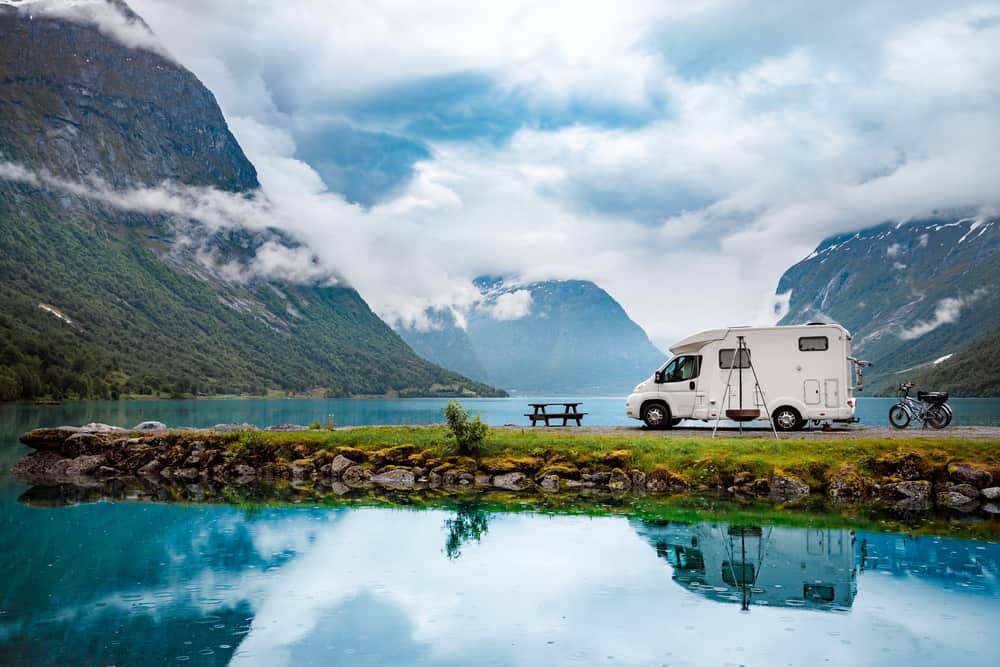
-
Save
Share via:
